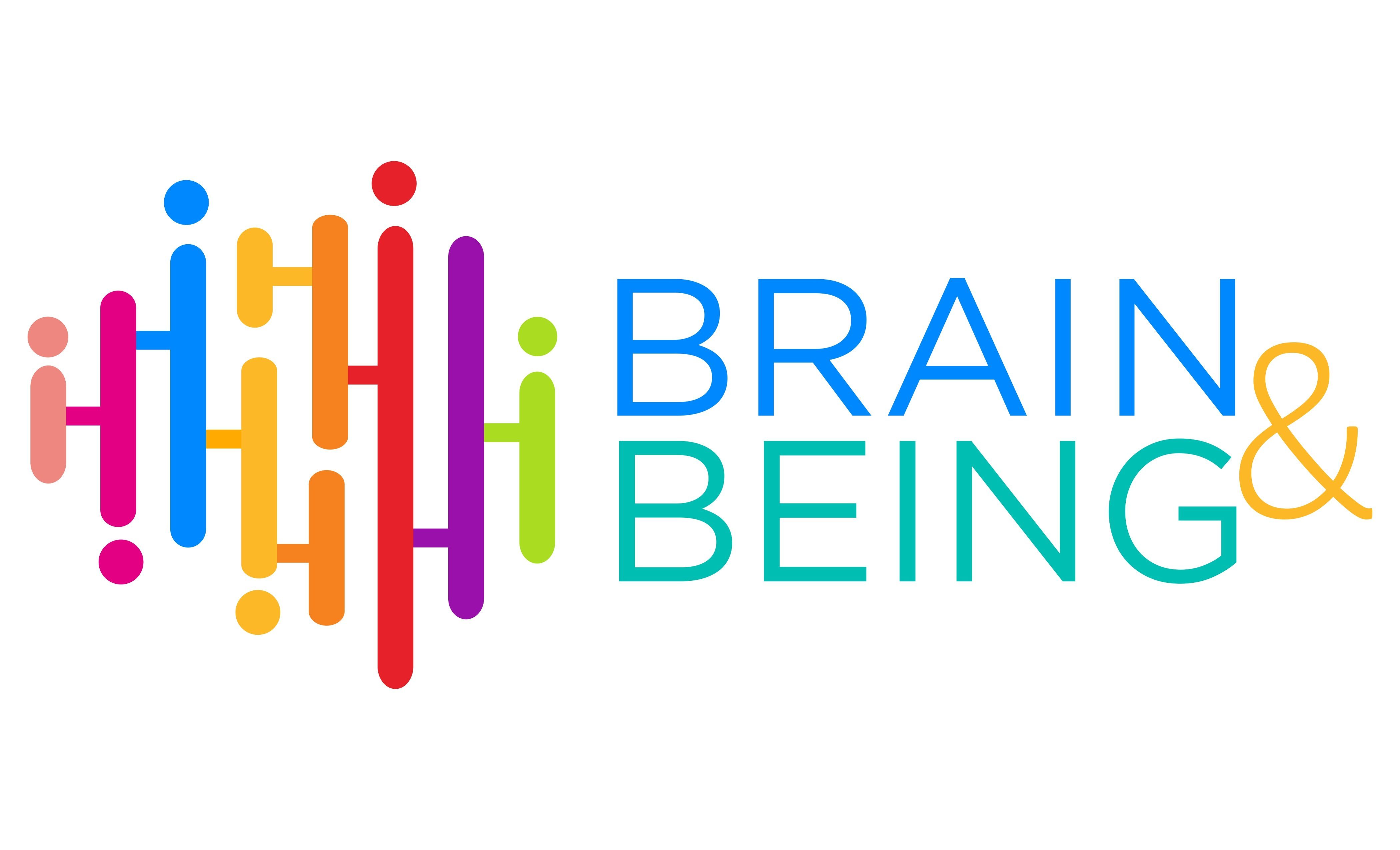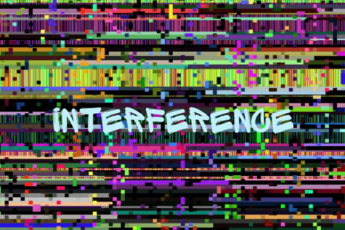How annoying is it to spend hours studying and still not get the grade you want? I’m here to tell you that you can learn better study strategies that will not only improve your performance but you can do it with less time, not more.
For most of us (hopefully), learning will be a lifetime adventure. Having the ability to learn things quickly and easily is a never-ending gift. Whether you are facing one more semester of high school, on your way to college, or heading into the workforce, you will always be expected to learn new things. The sooner you figure out how to learn efficiently, the better off you will be for school, work, and life.
Most people really don’t know how to study. Yes, they make spend hours and hours each week doing it, but they are usually doing it wrong. In fact, they are wasting a lot of that time.
Instead of giving you a laundry list of things to do, I’m going to tell you the one thing that will impact your studying and learning the most.
Swap your passive studying for active studying.
First, let’s talk about what passive and active mean in this context. Passive means that you are not doing much (with your brain) and active means that your brain is working.
Examples of passive studying include reading, listening, highlighting, reading over notes, looking over study guides, and re-reading or re-writing your notes.
But, wait, you may be thinking. Does that mean that you shouldn’t read? That doesn’t sound right. And, no, I’m not telling you not to read!
When you are first learning about something, passive learning is how it starts. You have to either read about or hear about or see something before you can learn it. But once you have heard it or read it once or twice, you need to stop the passive approach.
When you listen to someone else tell you about something, that is passive learning. The other person is the one who is having to pull the information out of their brains, organize it, and explain it. They have to be the ones who understand it so that they can explain it. You, on the other hand, are allowing the information that someone else created to come to you. Reading something is similar.
Pull the information out of your own brain
So what do you do instead? You activate your brain. That means you have to get your brain working and doing something. The simplest way to describe it is that you have to be doing something to pull the information out of your own brain. You have to be the one organizing, explaining, and making sense of the information.
Instead of re-reading your notes (passive), try writing down as much as you can remember from your notes on a one-pager (active). Instead of looking over the study guide (passive), cover up the answers and see if you can answer them (active). Instead of staring at a map hoping you will remember the name of that river (passive), cover up the name and make yourself remember it (active).
Beware of the Fluency Illusion
Is it really active? We humans suffer from something called the illusion of fluency. This happens when you have already had a lot of passive learning about something. When you see it again, it is really familiar so your brain thinks you know it. But not necessarily. In order to really activate your brain for learning, you have to know its tricks. The fluency illusion is one of those tricks. If you think you know something, then teach it to yourself in the mirror or teach your dog or your grandma. When you are using flashcards, make yourself write the answer down or say it out loud before you flip the card.







Leave a Comment